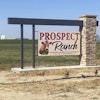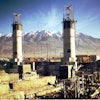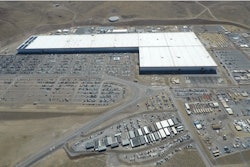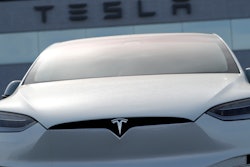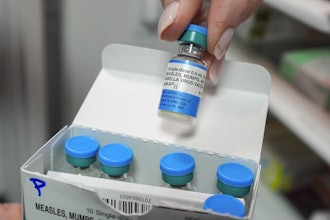Last year, Tesla spent some time in the headlines for the working conditions in its Fremont, CA mega-factory. In February of 2017, an employee by the name of Jose Moran authored a piece on the blogging website Medium.com, taking on Tesla culture, and also accusing the company of sub-par manufacturing safety and ergonomics, long hours and crappy pay.
At the time, Elon Musk responded publicly and denied – or at least responded to – the critics, claiming that Tesla’s accident rate was half of what workers experienced at other auto makers’ manufacturing facilities… but he didn’t really acknowledge what safety organization Worksafe identified in a report – that in 2015, Tesla’s incident rate was actually 8.8 percent, which they said was higher than notoriously dangerous work like that done in a slaughterhouse or a sawmill, and 31 percent higher than the automotive industry average.
Well, Tesla is back in the spotlight regarding their safety program, but this time it’s touting a shift towards the positive. The Fremont factory is officially considered “industry average” in terms of their safety incident rating and the company’s VP for Environmental, Health, and Safety, Laurie Shelby, recently blogged that Tesla’s incident rate improved nearly 25 percent between 2016 and 2017, and this is in spite of a 20 percent increase in vehicle production rates.
But they’re not satisfied with that, and Shelby says the ultimate goal is for Fremont to be the safest car factory in the world. Tesla does have some interesting methods in play: the company is ramping up the intensity on its training program to better cover ergonomics, which currently account for about 2/3 of Tesla’s recordable incidents. Secondly, they’re adding a medical director and athletic trainers, who will work with employees to address their aches and pains.
Finally, Tesla says it is changing its “Return to Work” program. Previously, according to Teslarati, an injured employee would return to a less demanding task until they were ready to again fulfill their previous role within the car company. The problem was there was often a pay difference that resulted, meaning many employees rushed their way back to their old tasks too soon in order to avoid a financial hit. In the new program outline, workers will still receive their previous rate of pay when easing back in and, even if they can’t work in the factory during their recovery, Tesla will pay them at their previous rate to put in time at not-for-profit organizations like food banks and libraries.


